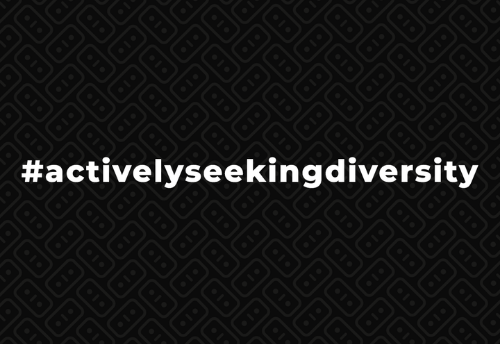How to Use Retargeting in Digital Marketing
When you have an e-commerce website, the hope is that a visitor to your site will find something they like and purchase it immediately. However, this isn’t always the case. Many times, someone will look through your site and once they find something they like, will do research on it before deciding to buy. Fortunately, there’s a way to use this to your advantage. Through retargeting, you have the opportunity to bring users back to your website to complete actions such as purchasing or filling out a contact form. Here’s what to know about retargeting as a concept.
What Is Retargeting?
At its core, retargeting is a relatively simple process. It involves showing ads to customers who have already visited your site. How retargeting works is that a piece of code is inserted into the HTML of your website, and it gives you the chance to have your ads displayed to people that have visited your site in the past. The code itself is unobtrusive and won’t affect your site’s ability to load. The ads will be seen when a user visits another site, such as Twitter or Facebook. Retargeting becomes an effective strategy as it focuses advertising directly on people that know your brand and have shown interest in purchasing from you.
Retargeting Types
There are two distinct types of retargeting that businesses can use. The first and most common type is pixel-based retargeting. As mentioned above, it involves adding code to the HTML of your website, allowing you to place ads based on specific pages that someone visits. This option is beneficial since ads can be targeted soon after leaving your website, and can be modified to reach specific audiences.
The second retargeting type is line-based targeting. In this version, the retargeting is based on the contact information you have in a customer database, or through other contact lists that you have. One of the benefits of this type of retargeting is that it’s highly customizable; you get to choose who goes into each list. In terms of drawbacks, there is the possibility that fields may vary based on where information was filled in, which could lead to some users not seeing ads. In addition, line-based retargeting is not automatic, so you’re in charge of maintaining and sending, making it less timely.
Benefits of Retargeting
The concept of retargeting offers businesses a variety of benefits. First, you’re not displaying ads everywhere online; you’re targeting them towards the core group of potential customers that are most interested in your business. Another benefit is higher brand awareness. Even if a user doesn’t immediately purchase something from you, they are aware of who you are and what you offer. Once they do decide to buy something, it can lead to further brand awareness from others interested in your services.
In addition, retargeting is a cost-effective option for marketing. The conversion rate for these is usually high as they are targeting people likely to buy, meaning a solid return on investment for your ads. Finally, you can use retargeting to get insights into where prospective customers are after they leave your website.
Tips You Can Use
When used correctly, retargeted ads can be a major boost to your sales. Plus they help you stay connected to potential customers on the fence about buying from you. There are some tips you can do to have the best success when retargeting. These include:
This content was originally published here.

